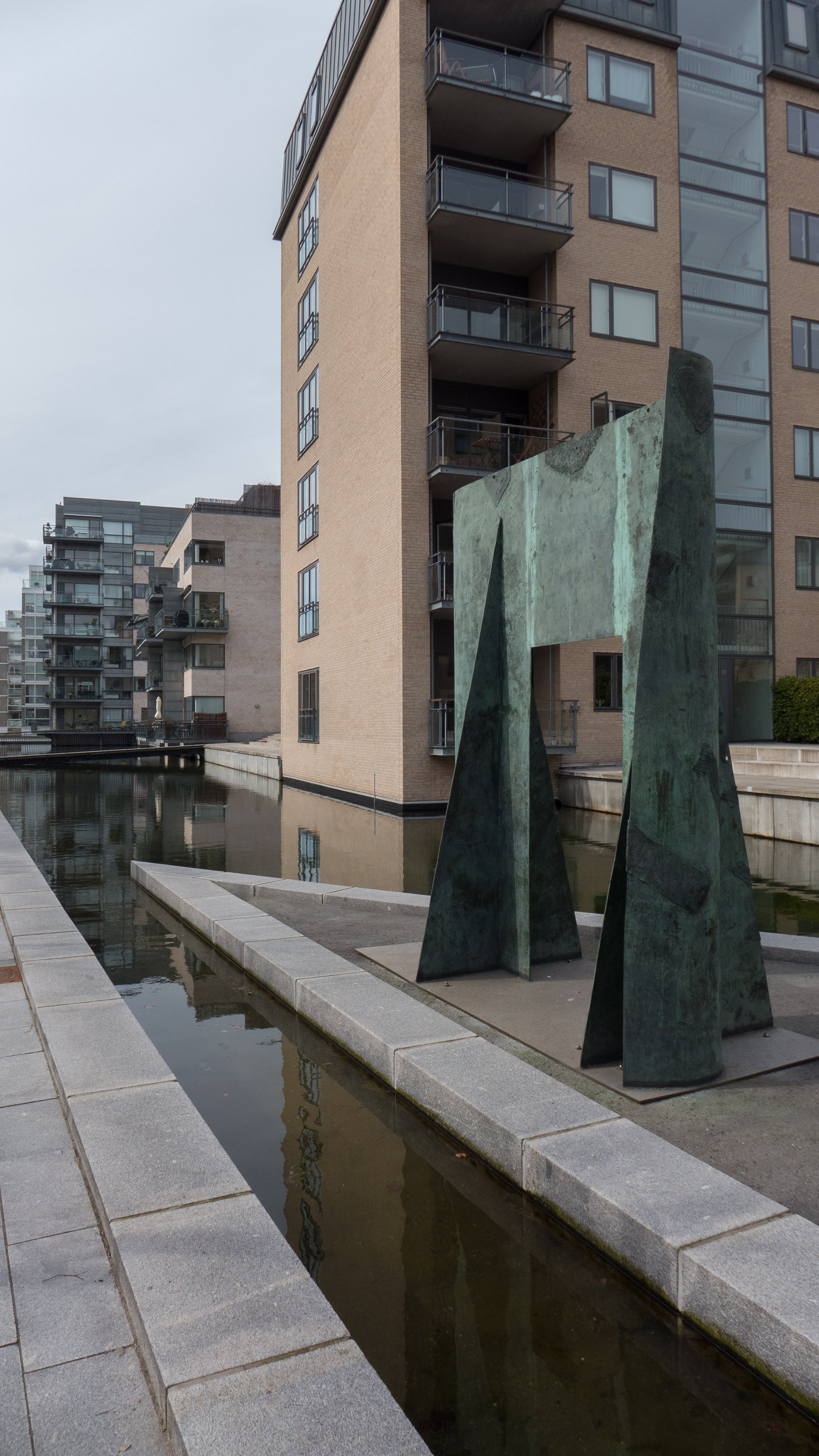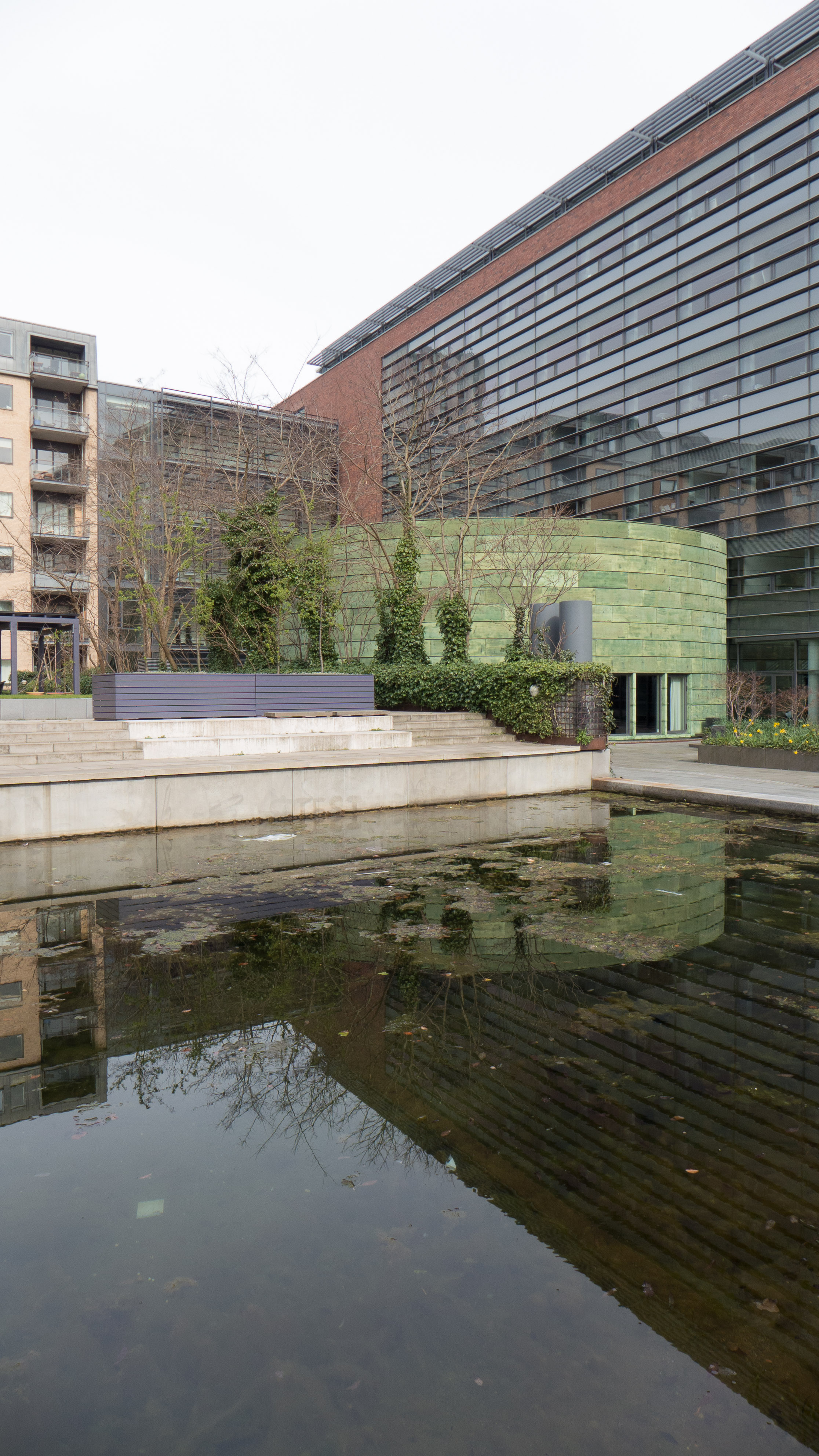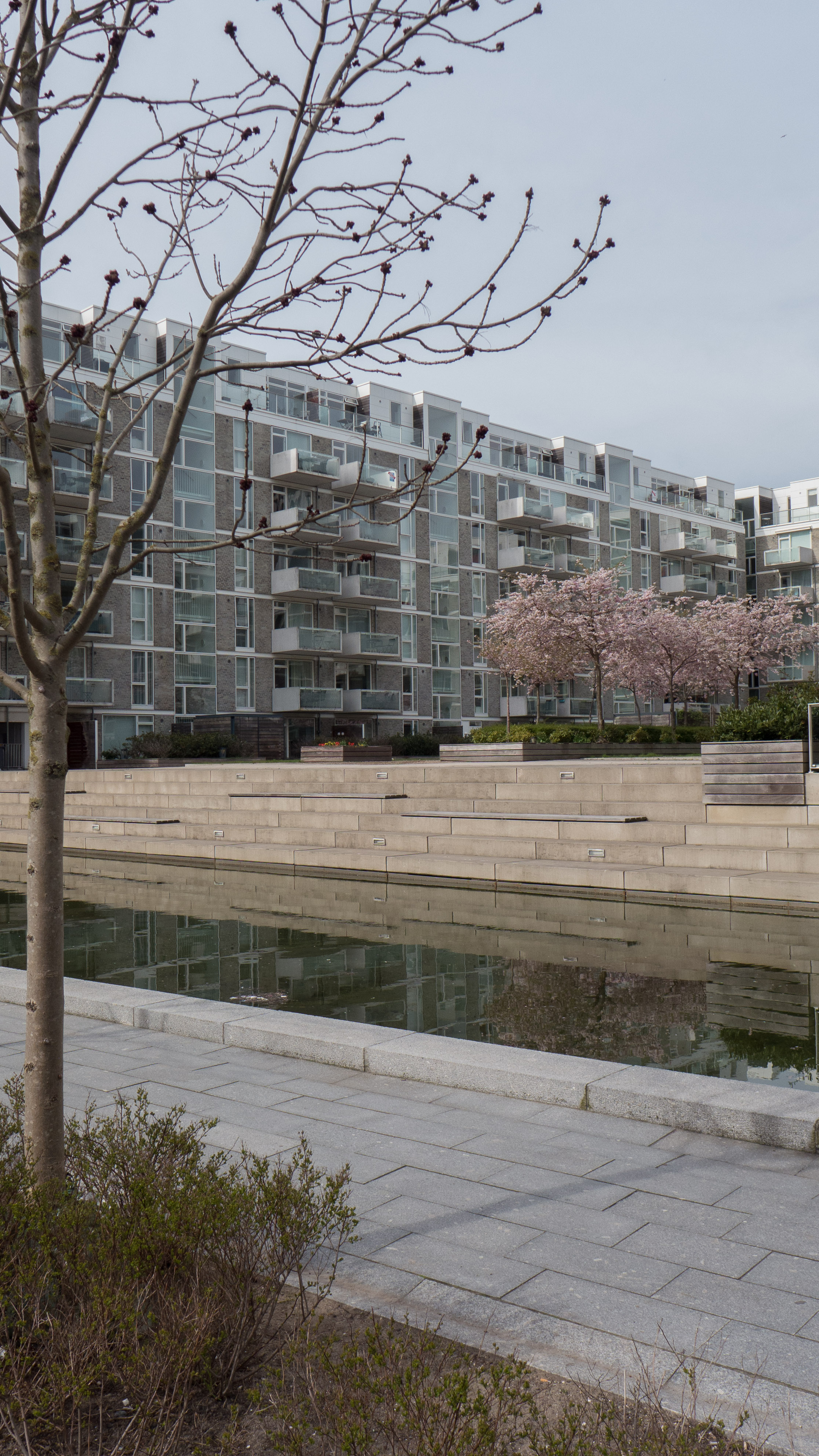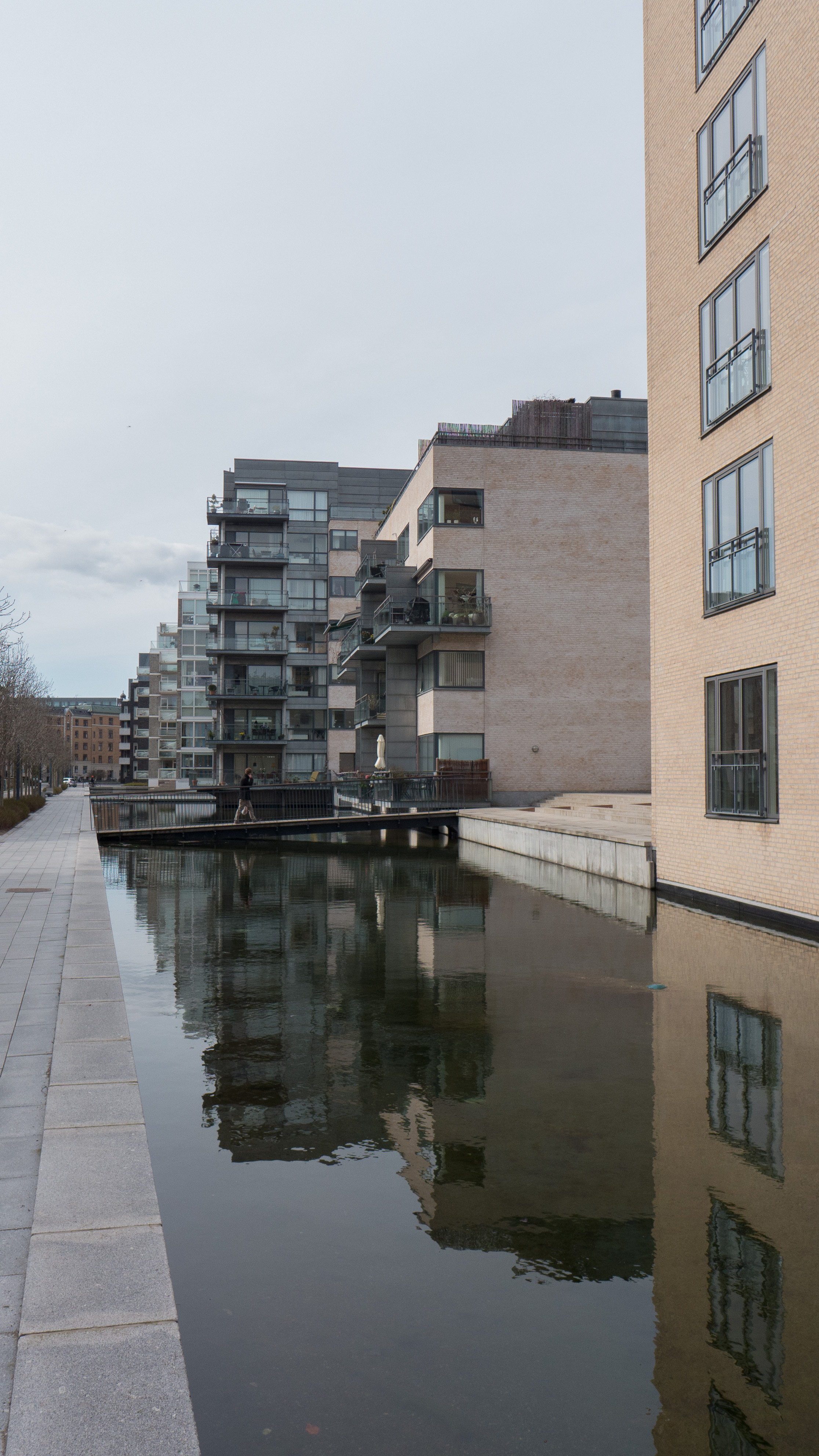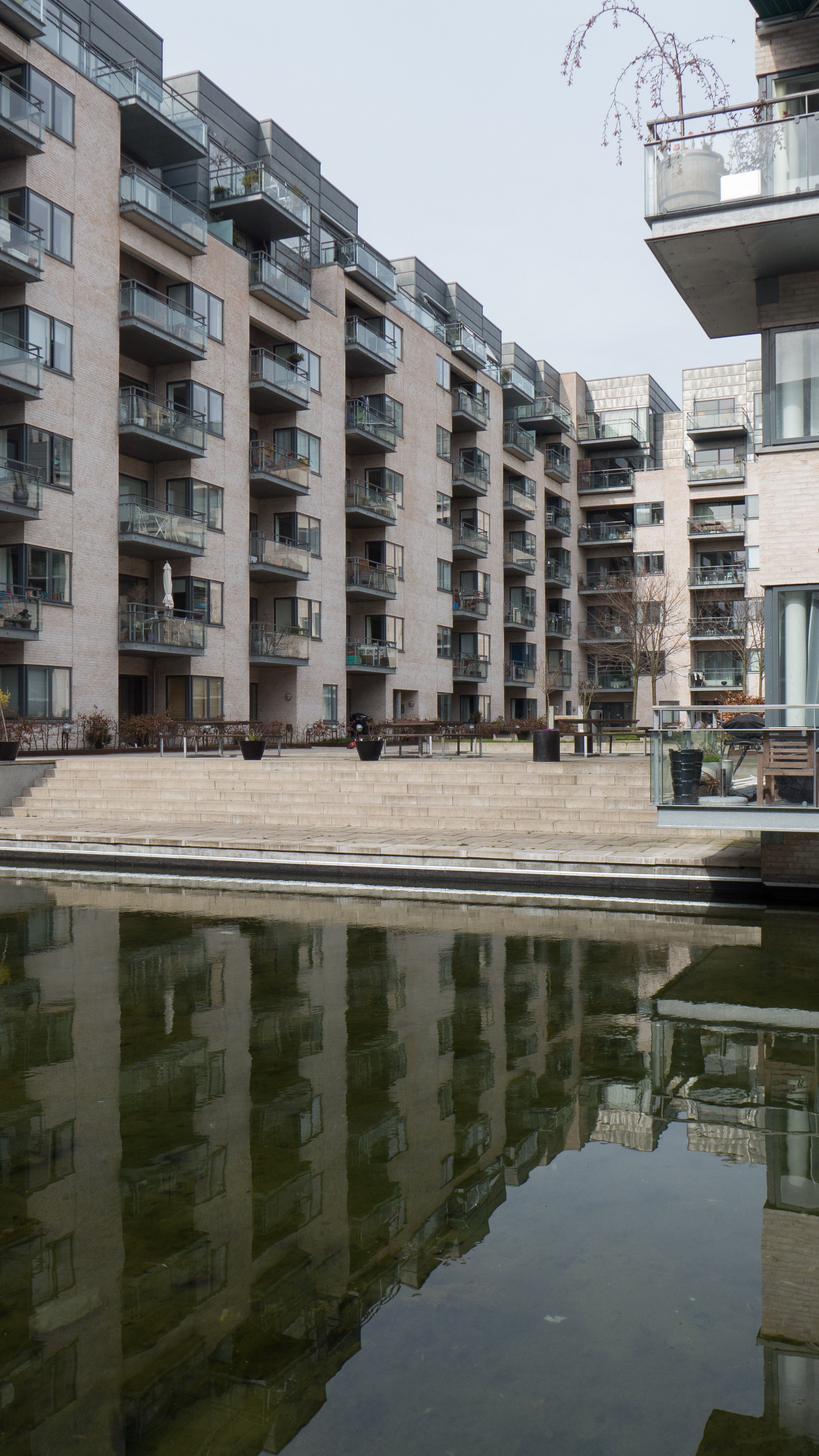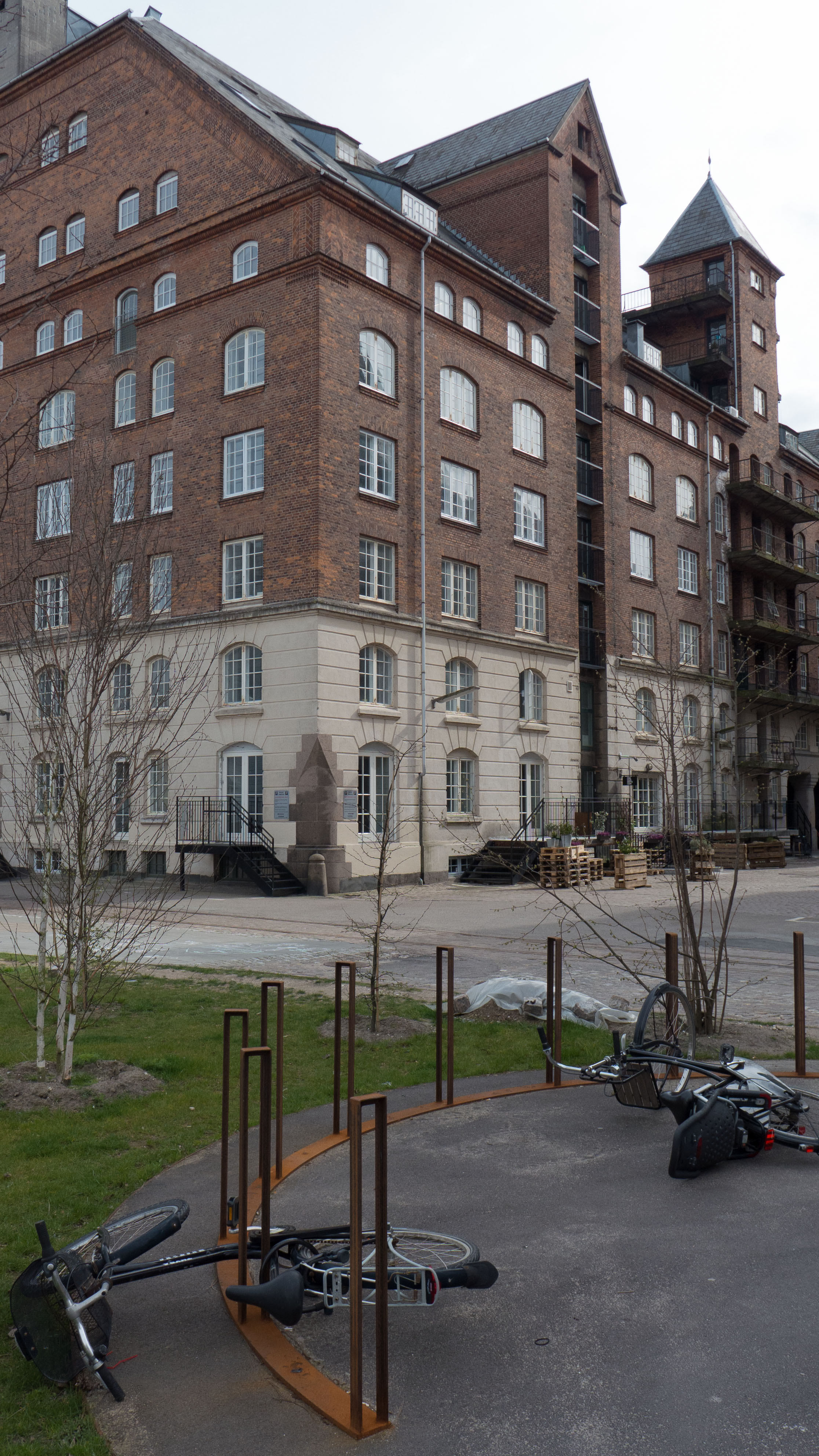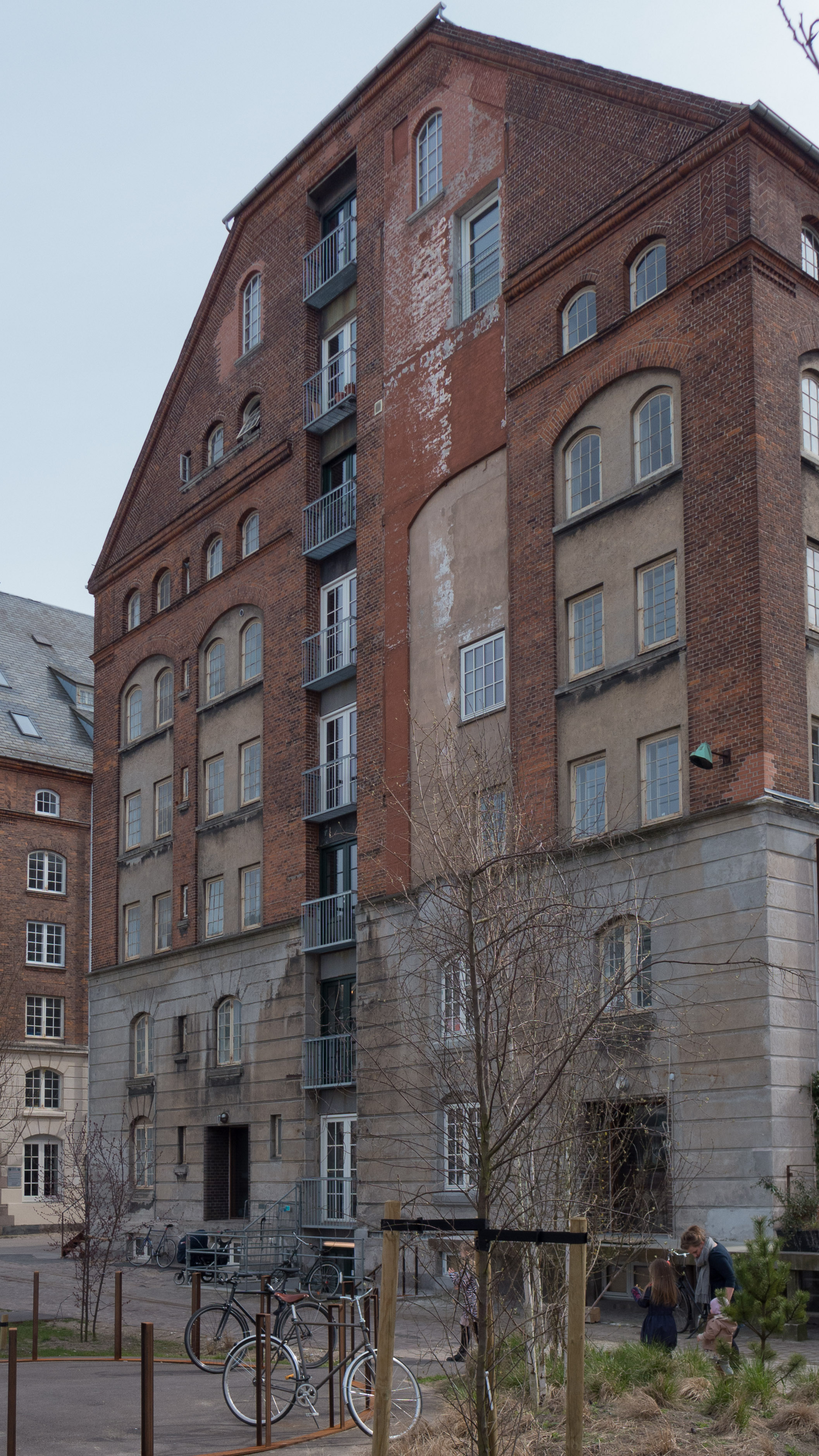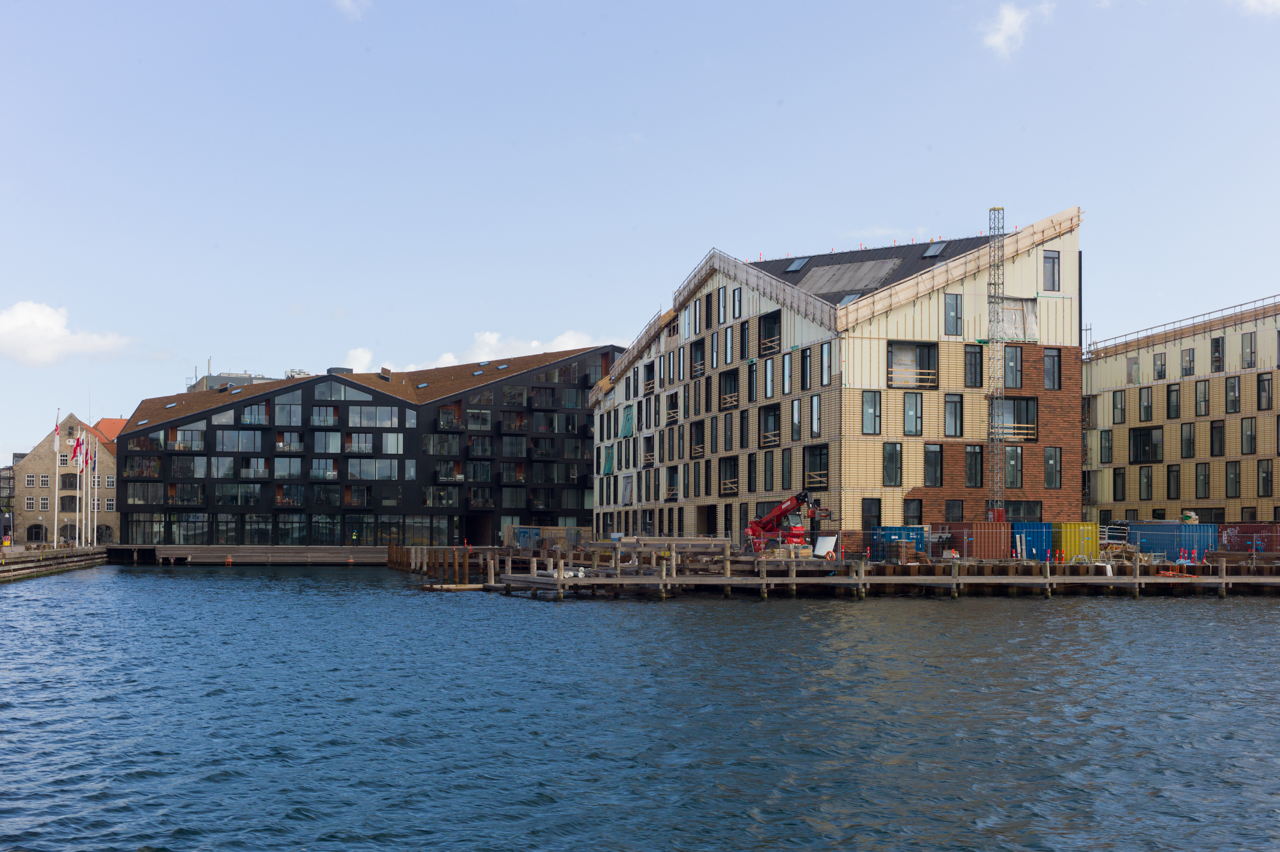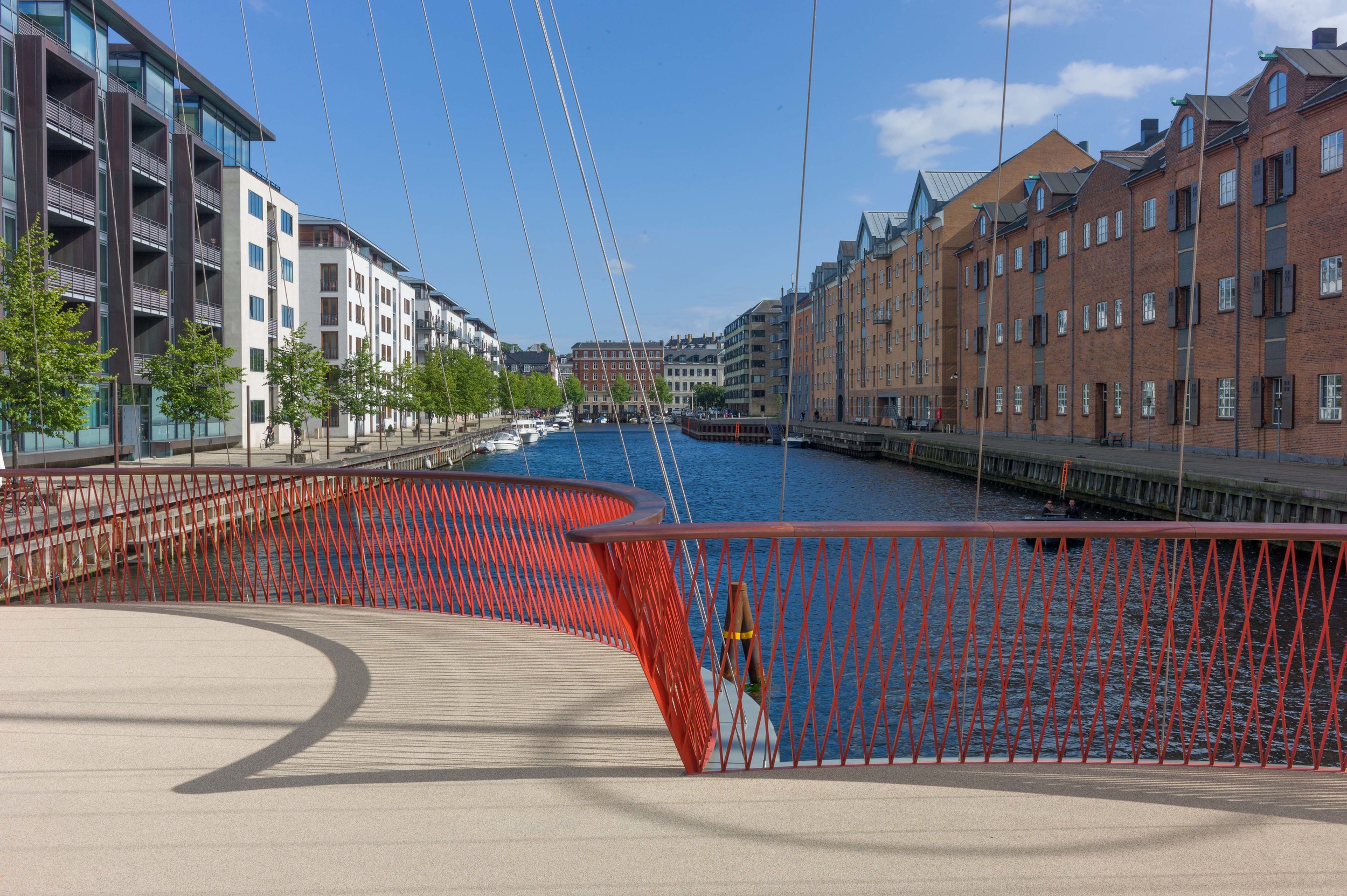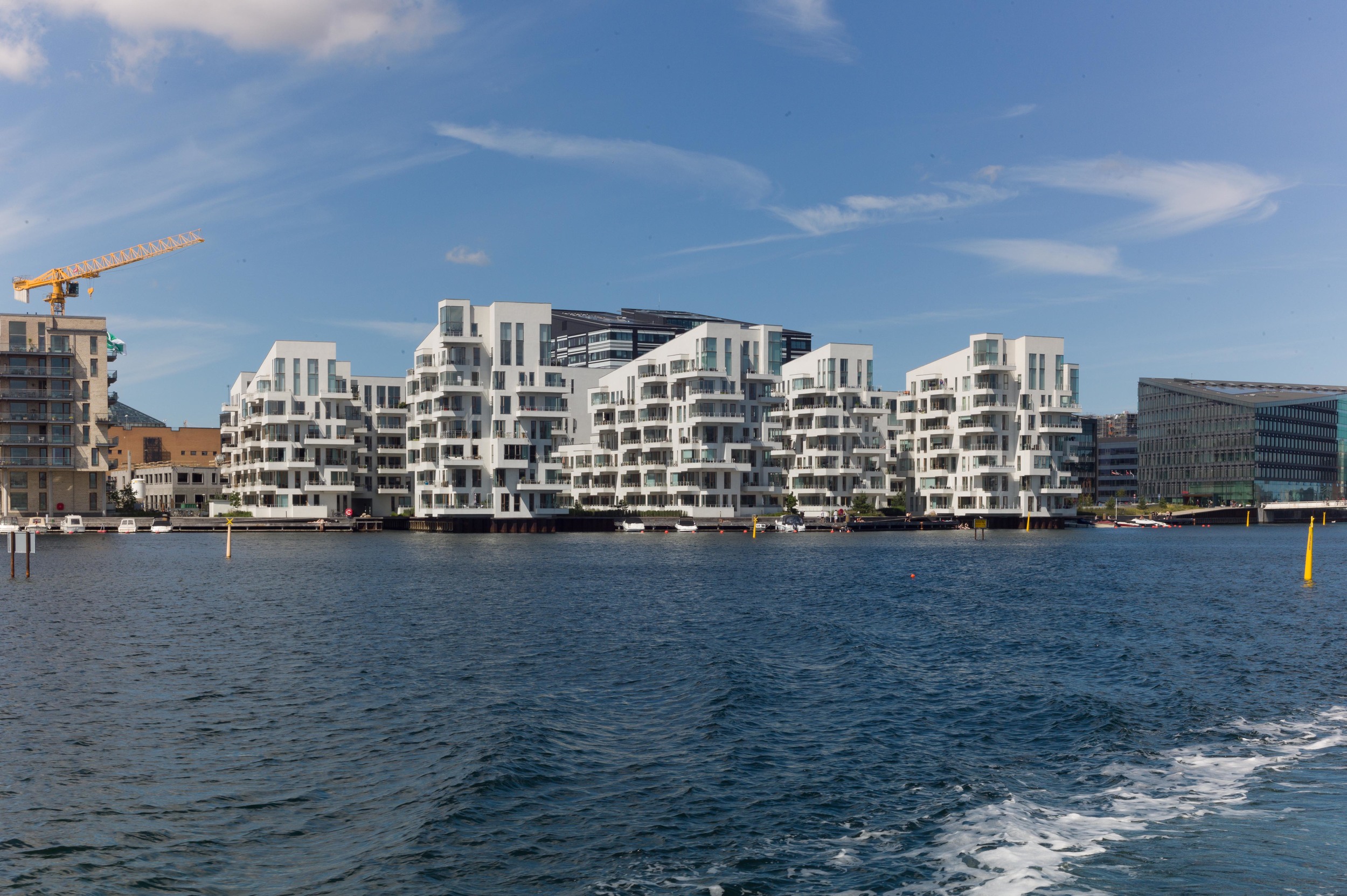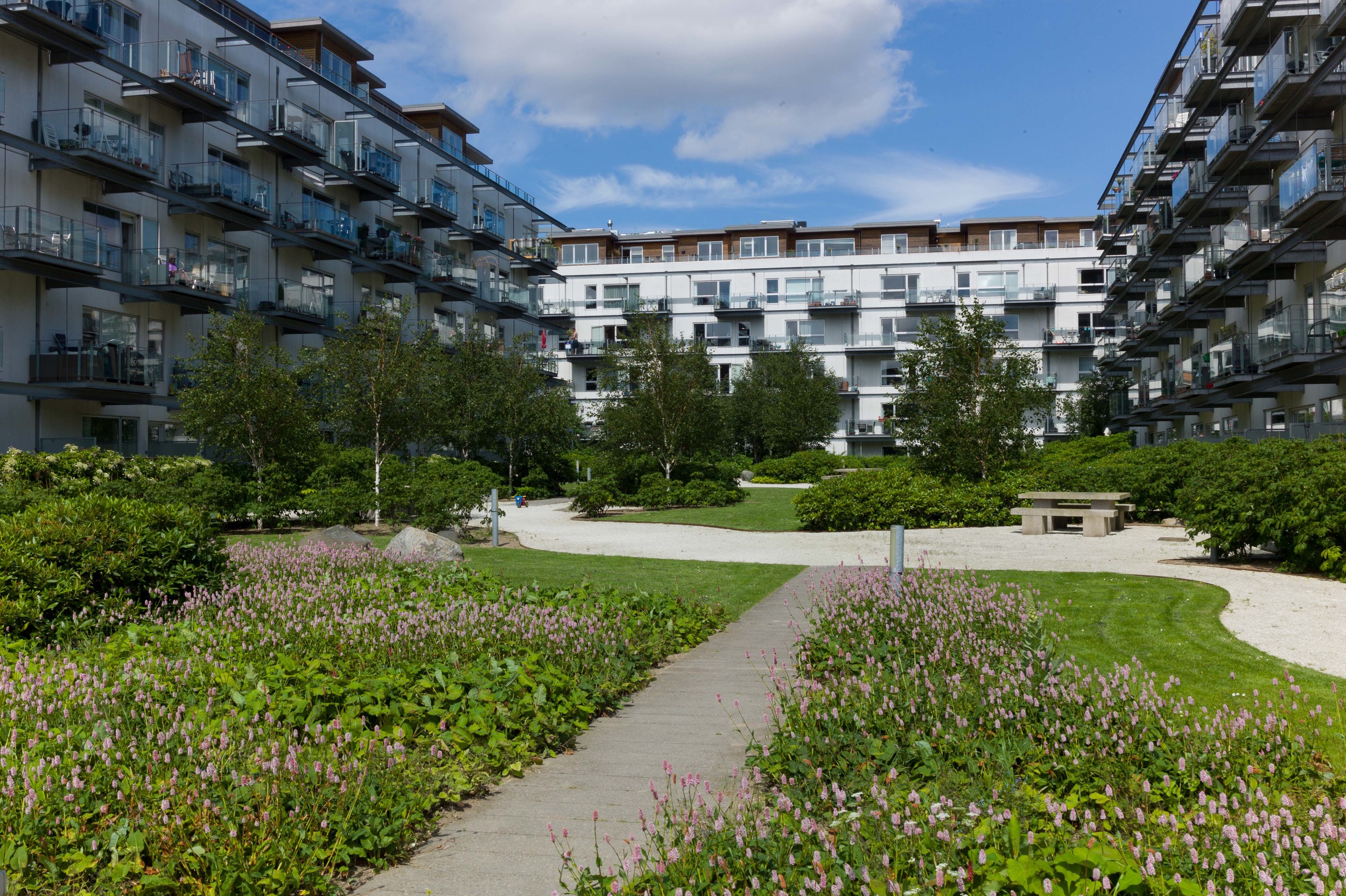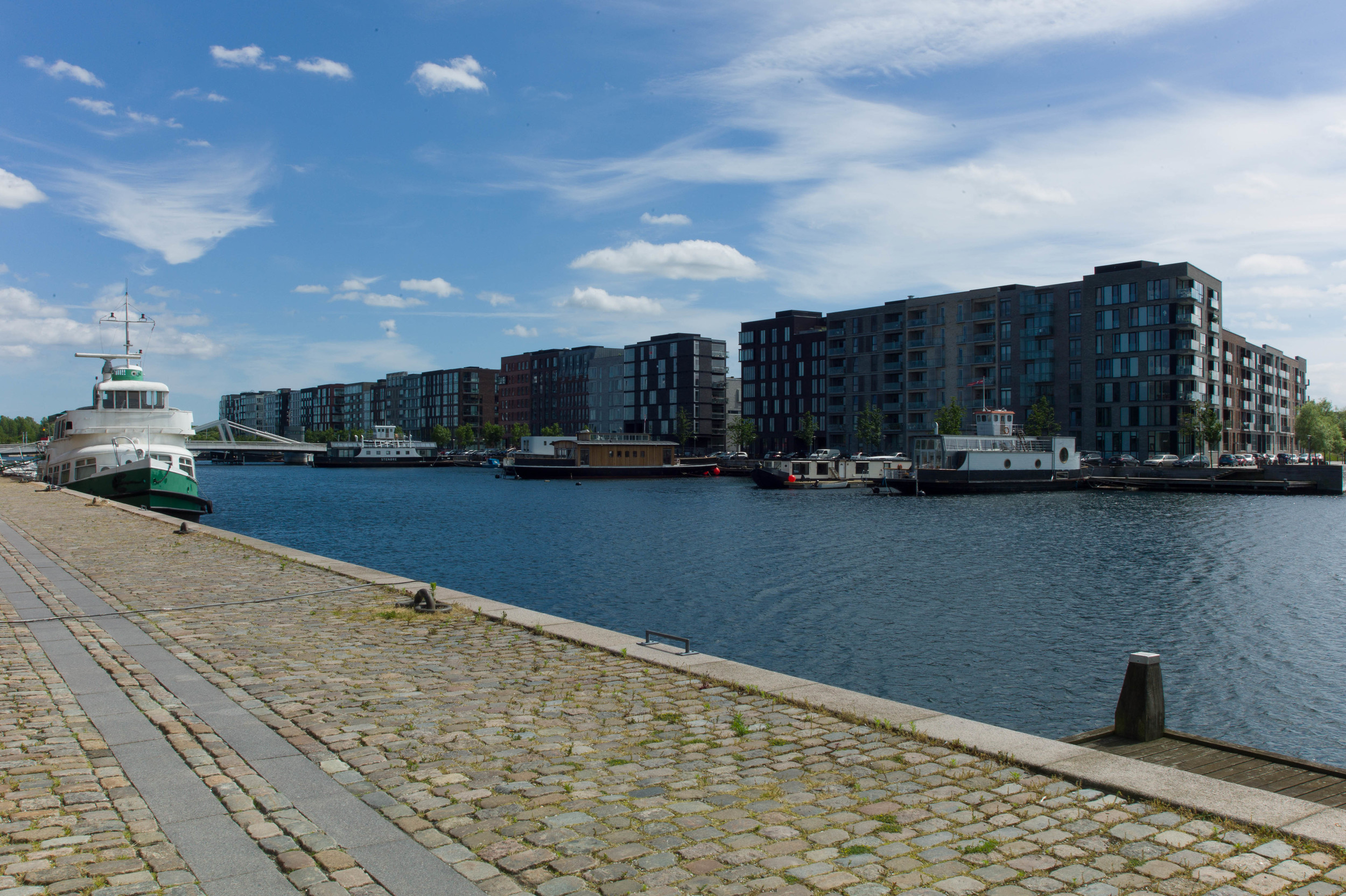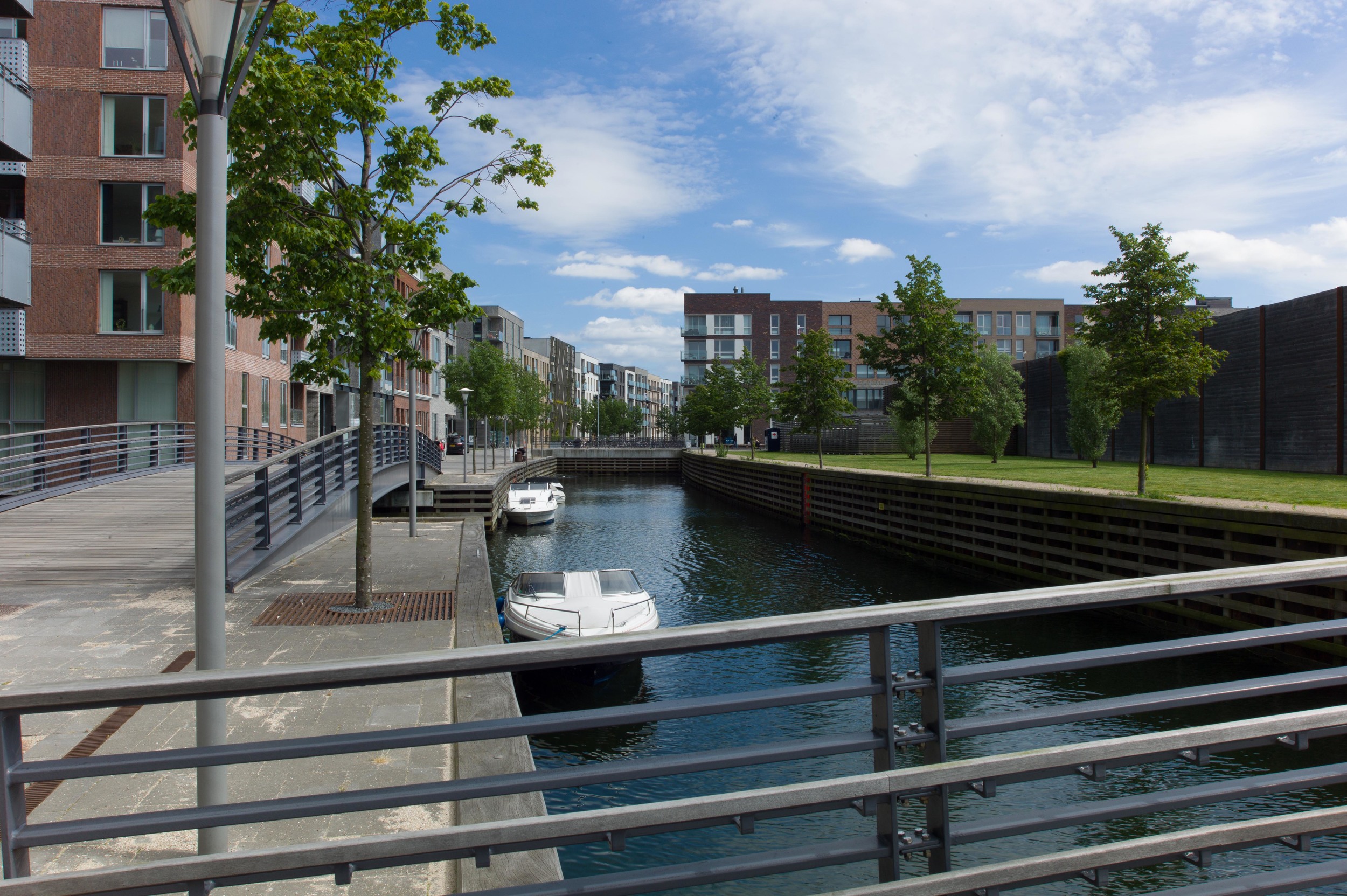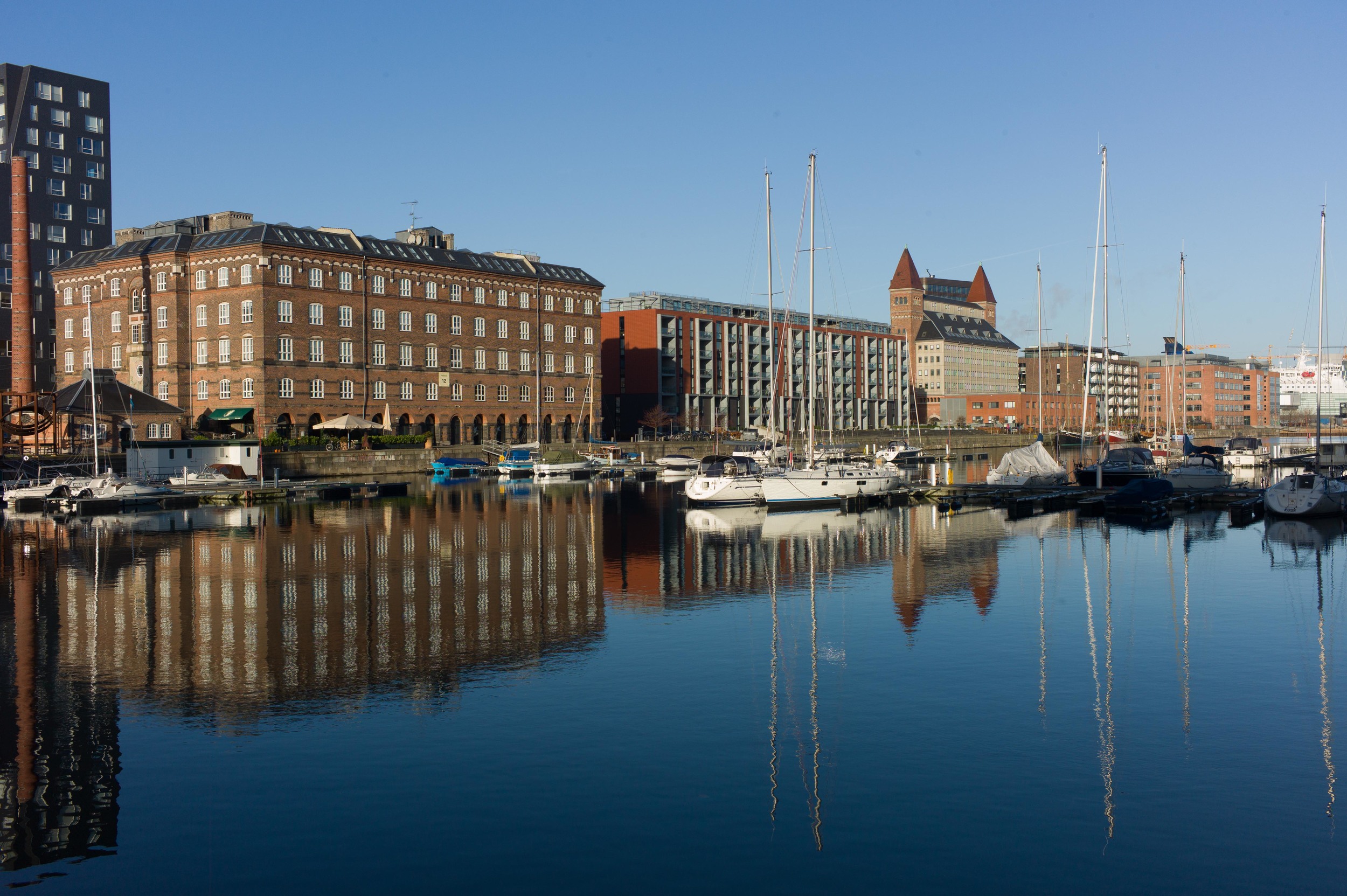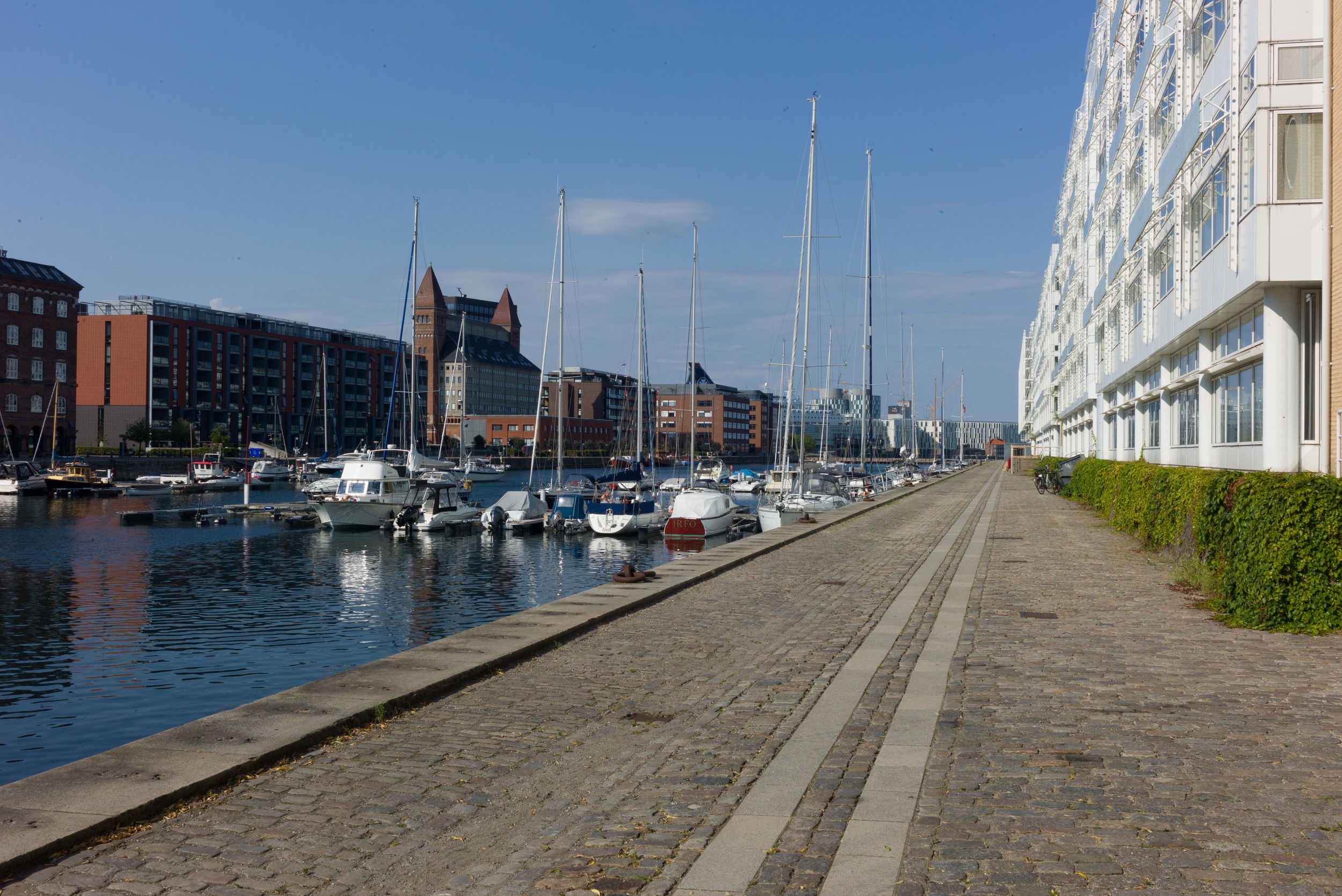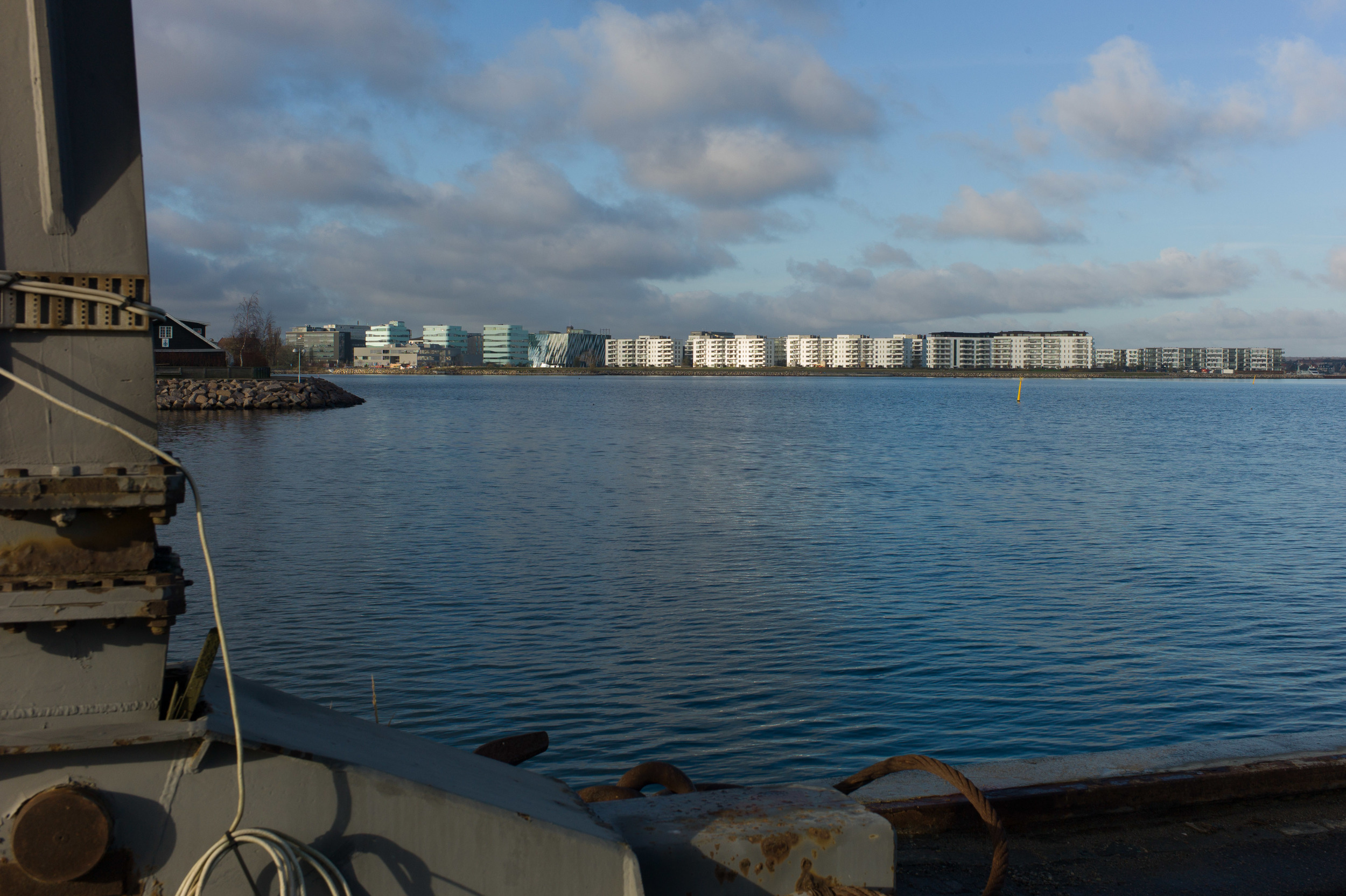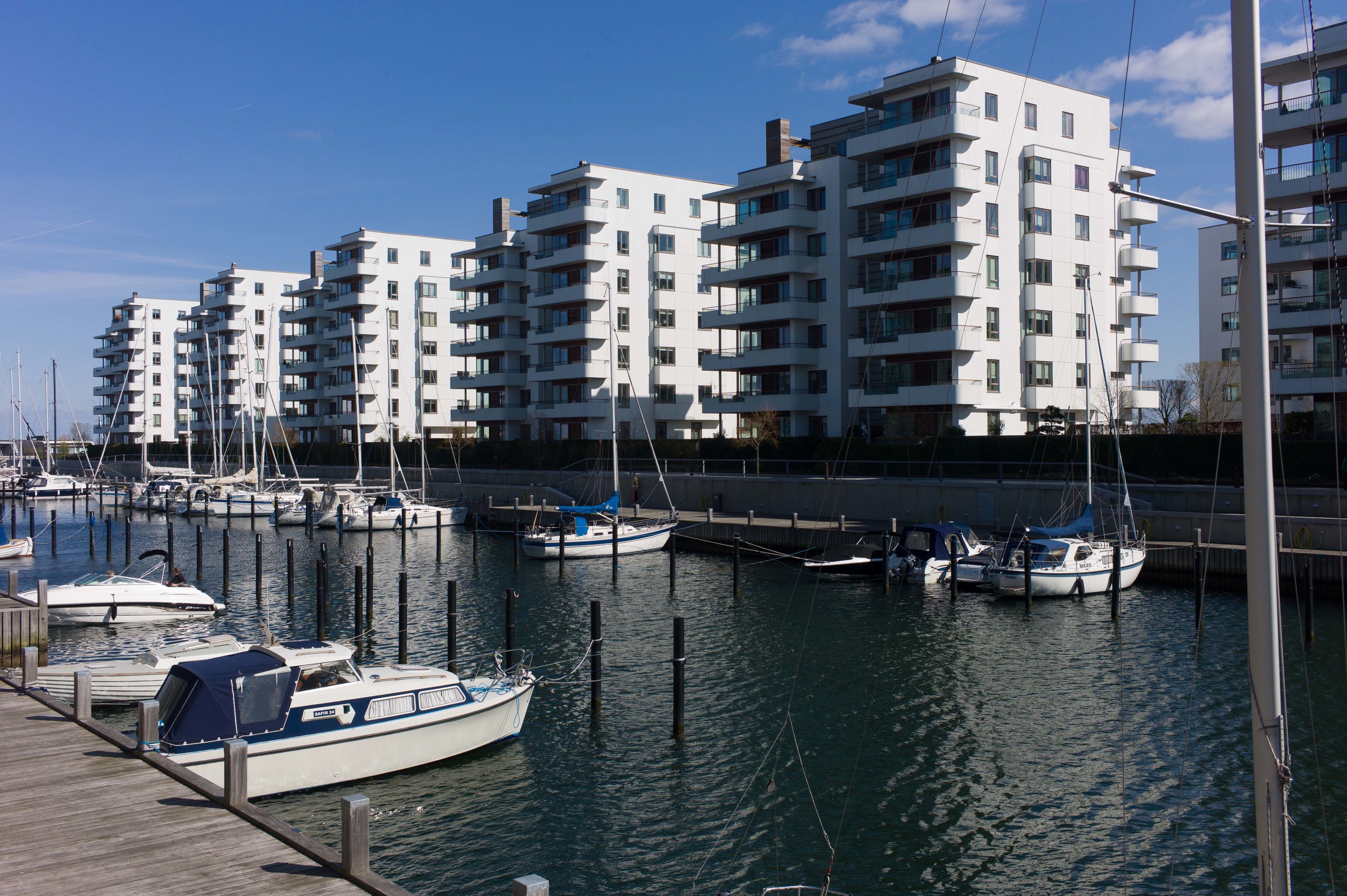clearing the courtyards
/You can see why people had to build over the gardens and courtyards in the old part of the city. As the population increased but with the boundary of the city clearly defined and building beyond the defences impossible, taller and taller houses were built on the street frontage and other houses and workshops and so on built in the gardens and back plots behind the houses that fronted onto the street. All fairly obvious and certainly not unique to Copenhagen.
But what I like about the courtyards is not necessarily for what they were, although for a social historian they are fascinating, but, as they have been cleared, for what they have become. On many of the blocks buildings within the central area, behind the street frontages, have been cleared and property boundaries ignored to form large green spaces that are in most cases hidden from the pavement. They form a private outside space for all the families that live in apartments around the edge of the block.
In the best, there is a strong sense of community with picnic tables and chairs, barbeques and children’s play equipment common and well used and rarely abused. The model is so established and so successful for high density accommodation that new apartment buildings follow or imitate the form … so apartment buildings of five or six stories facing inwards to communal gardens can be seen in new developments around the harbour including Nordlyset in Amerika Plads and Sluseholmen.
Perhaps the only real problem, in terms of townscape, is that in some parts of the city, particularly where the city blocks were long and narrow, apartment buildings along the street frontage itself have been demolished and the land left undeveloped to bring sunlight and air into the backs of the remaining buildings. It is obvious why this was done but in many cases it makes the courtyards too open - too exposed - and it can undermine the line and form of the street and certainly exposes the backs of buildings that were never meant to be seen. Most of the older buildings in the city have expensive fronts to be seen and very practical and simple or cheap and muddled but practical back elevations.





